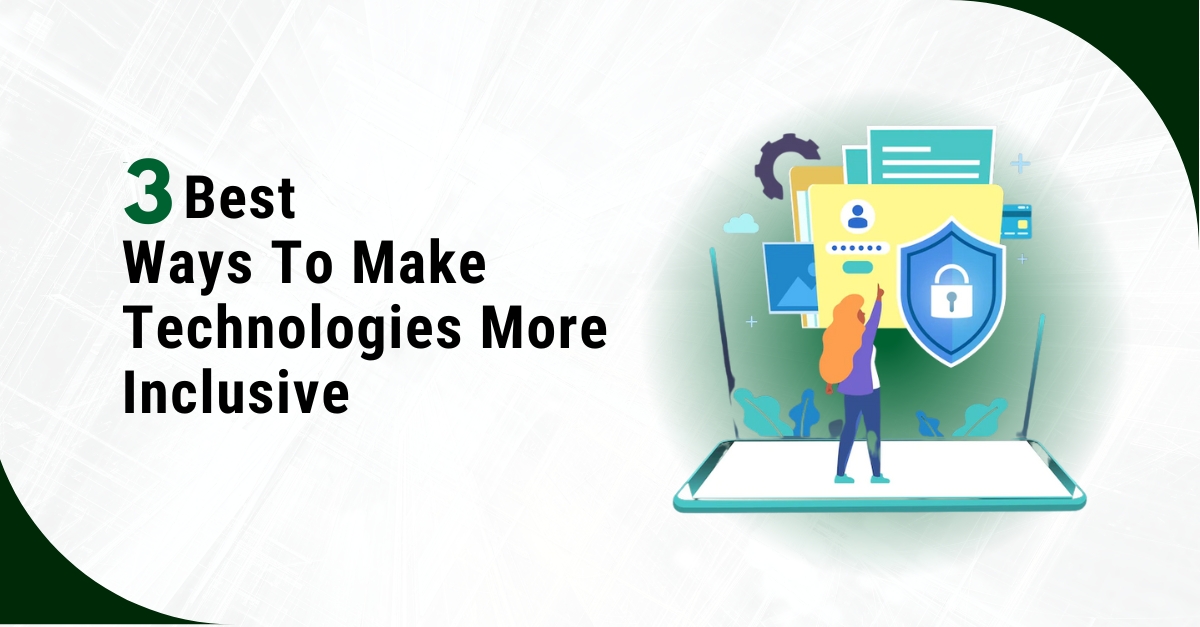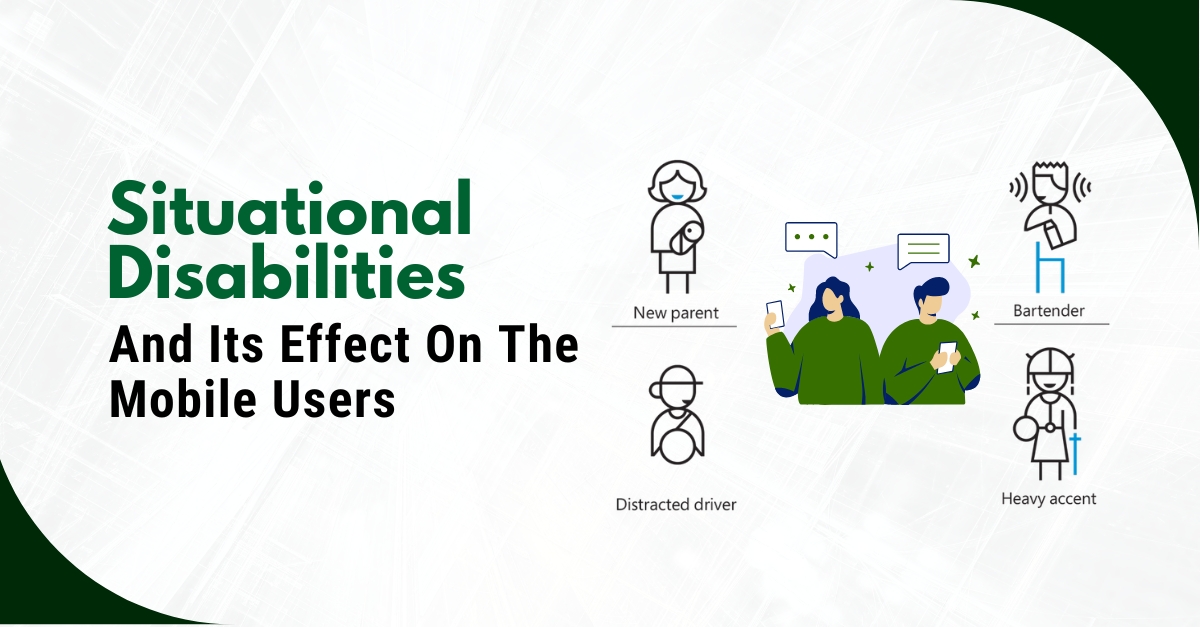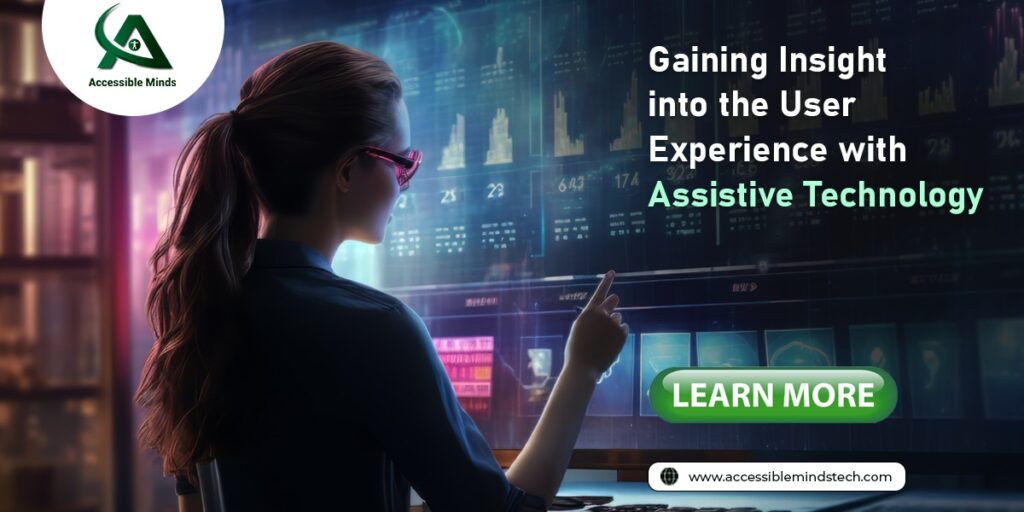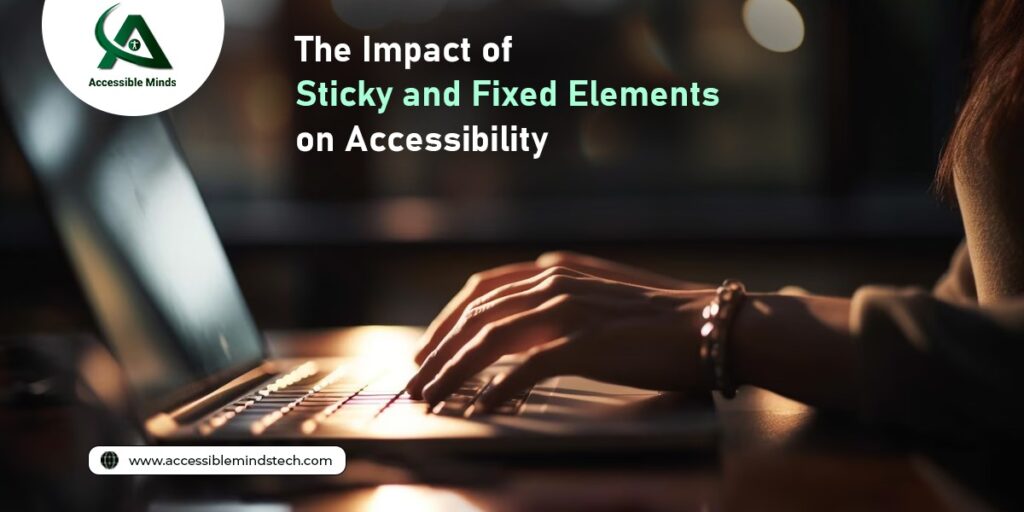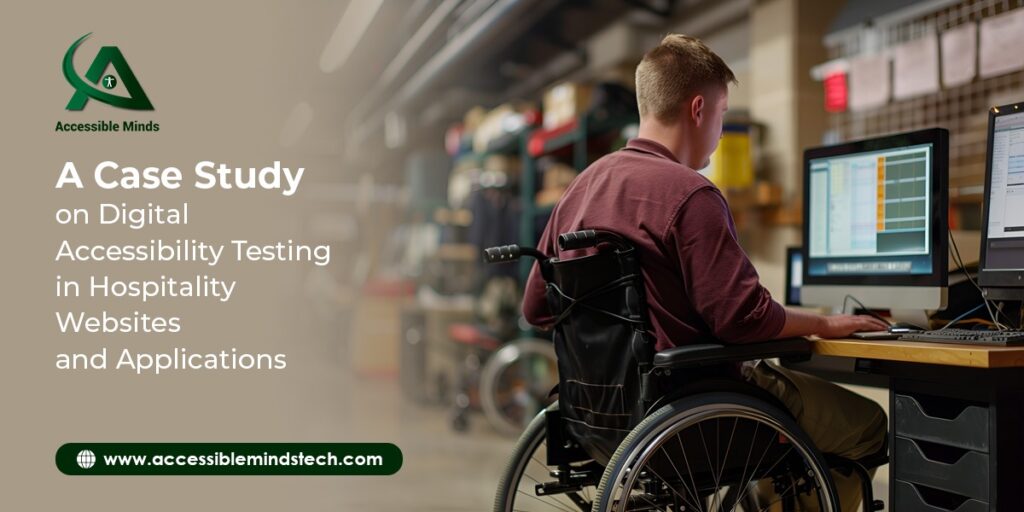In this age of diversity and inclusivity, assistive technology has come up as a powerful tool for bridging the gap between regular users and people with disabilities. The advancement of technology has blessed people in every sector; but many people due to their impairments of vision or any other reason cannot enjoy the advancement, they face challenges to access or perform different tasks independently.
Thankfully, assistive technology is there to help them to execute the tasks without anyone’s help. Moreover, the integration of artificial intelligence, machine learning, robotics, and IoT have expanded the territories of assistive technology. For example, you can check the wearable, screen assistance, and augmented reality and how they are changing lives.
How Does Assistive Technology Changing Life?
Assistive technology has completely transformed the product accessibility sector. The enhanced functionality helps a wider range of people to access the devices with assistive technology. For example, the addition of a screen reader to a mobile device has helped people with visual impairment to utilize the device. The text-to-speech converter helps visually impaired people access the content and navigate the device just like a normal person.
The benefit of assistive technology is that it does not reduce the functionality of the main application but rather increases the number of users. That means people with disabilities can also access it just like the way other people do. Features like a screen reader, text-to-speech, voice recognition, and captioning are making assistive technology more accessible to a wider range of people. As technology continues to evolve, more innovation and inclusive features will be added to enhance accessibility and functionality for all.
Screen Reader: This is an amazing assistive technology to read text and images as speech to visually impaired users.
Switch Devices: It helps users to perform complex actions with utmost ease. It is very useful for people who have movement-limiting disabilities. They can carry out different work from one position.
Screen Magnifier: This assistive technology helps to magnify the text and image contents from the screen so that visually impaired people can read it.
Voice Control: People with cognitive disabilities and motor impairments get help from this technology as it is able to dictate content from the screen or recognize voice to proceed further order. Anyone who is using traditional input methods like mouse pads or keyboards finds this technology very helpful.
Ergonomic keyboard: People who are suffering from posture disorder but have to use the keyboard frequently; this technology is for them. The keys of the keyboards are arranged in such a way that they can type anything without much movement of the finger.
Assistive technology is a blessing for product developers as well because it enhances usability and user base. With these tools, accessibility is reachable and possible for everyone.


